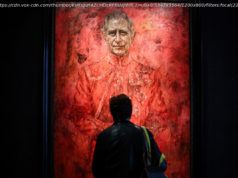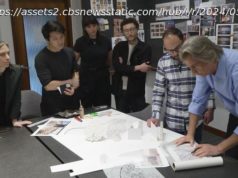Magic Ink was developed by celebrity tattooist Keith «Bang Bang» McCurdy. Learn more about Magic Ink tattoos, which disappear with light.
Tattoos are forever, right? Well, maybe not like we once thought. You can get them removed (though laser tattoo removal is nothing to scoff at), get an ephemeral tattoo that fades in a few years, or get a «Magic Ink» tattoo and simply turn it off whenever your heart desires. The new innovation in tattooing from celebrity artist Keith «Bang Bang» McCurdy allows you to activate and deactivate your tattoo ink with the flick of a light.
It sounds far-fetched and hard to believe (even after you see it with your own eyes), but it’s real. To put it plainly, «Magic Ink is essentially a tattoo that you can turn on or off using light,» Bang tells POPSUGAR. He’s tattooed the likes of Rihanna, Justin Bieber, Cara Delevingne, and many more stars, but his passion in creating goes further than that. «I’ve always said my inspiration fuels my motivation,» Bang tells POPSUGAR. The idea for a disappearing tattoo, or Magic Ink, came to him when he asked himself: «What’s the future of tattooing?» This led him to wonder, «What if your tattoo could change in your skin?» And with that, he began working on his next project.
To learn more about this tattoo ink of the future, keep reading.
Innovating in the body-art space is a driving force for Bang, and «tattoo inks have always been one of those things on my board,» he says. However, developing regular, run-of-the-mill ink felt too easy — he wanted to dream bigger. «There are lots of companies that make tattoo products; not many of them are tattoo artist owned or run,» he says. «It’s near and dear to my heart to create products and help lead those projects as a tattoo artist and involve tattoo artists early, instead of late, as endorsers.» After dreaming up the idea for Magic Ink, he got to work.
In his research, Bang discovered Carson Bruns, PhD, an assistant professor at the University of Colorado Boulder who made a tattoo on himself that he called the «solar freckle» with the purpose of detecting ultraviolet light to prevent skin cancer. Fascinated by the concept, Bang traveled to Colorado to see the light-activated tattoo on Dr. Bruns’s skin with his own eyes. It got the gears turning in his head on how this technology could be adapted for consumer use, and he began to work on the project with the scientist’s help.






